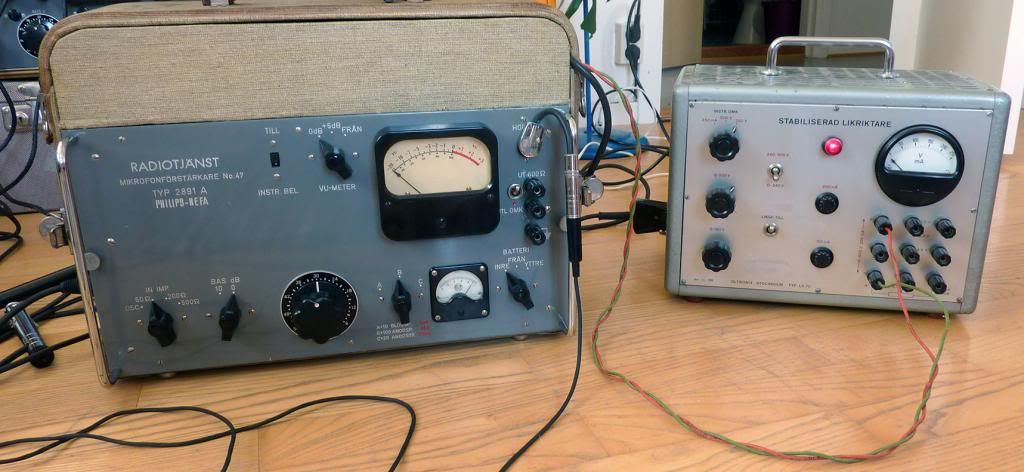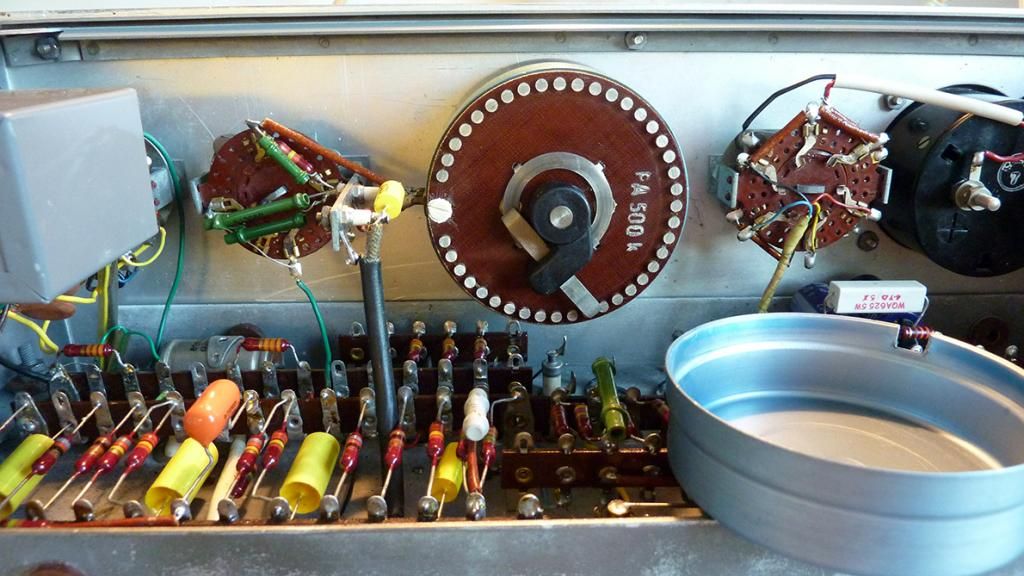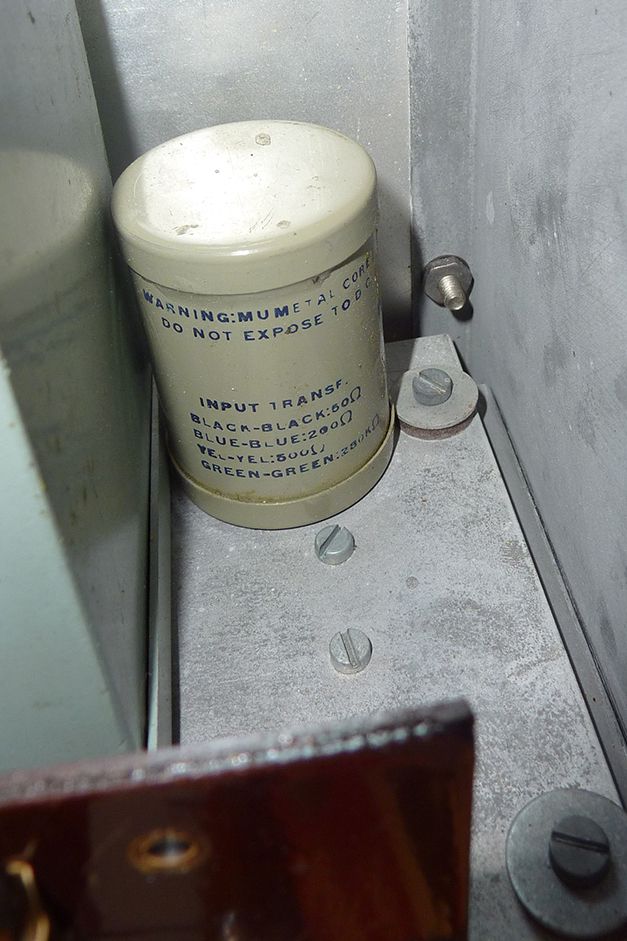Baltazar
Well-known member
I found this on the Swedish "ebay" and couldn't resist, never seen anything like it and the condition is very good! 
Built in to a suitcase and with an external power supply.
From what i know it's build by Philips-NEFA around 1959 for the Swedish radio.
The guy i bought it from had a tech to look over the power supply, and that part looks safe, all the bigger tubes are replaced, and it has been functional.
However no audio is passing thru the unit anymore.
I'm pretty experienced DIYer, but new to tubes, what makes this a little more complicated is that i have no schematic.
So far I have fired up the unit without the cover and noticed that one of the small tubes is not glowing (see pic). i know this is hard without a schematic, but what kind purpose do this sort of tube have generally?
That's where I'm at so far... I have much respect for tubes and the high voltage so if you guys have any good tricks, bring em on!
Next step, follow the signal? Something i should keep in mind when troubleshooting with tubes?
Link to the auction with better pics..
http://www.tradera.com/Mikrofonforstarkare-ror-Radiotjanst-fran-1959--auktion_301973_133076962
Built in to a suitcase and with an external power supply.
From what i know it's build by Philips-NEFA around 1959 for the Swedish radio.
The guy i bought it from had a tech to look over the power supply, and that part looks safe, all the bigger tubes are replaced, and it has been functional.
However no audio is passing thru the unit anymore.
I'm pretty experienced DIYer, but new to tubes, what makes this a little more complicated is that i have no schematic.
So far I have fired up the unit without the cover and noticed that one of the small tubes is not glowing (see pic). i know this is hard without a schematic, but what kind purpose do this sort of tube have generally?
That's where I'm at so far... I have much respect for tubes and the high voltage so if you guys have any good tricks, bring em on!
Next step, follow the signal? Something i should keep in mind when troubleshooting with tubes?
Link to the auction with better pics..
http://www.tradera.com/Mikrofonforstarkare-ror-Radiotjanst-fran-1959--auktion_301973_133076962










